
2022 is coming to an end. This year, we have witnessed countless scientific miracles.
#Facing the upcoming 2023, what are your expectations? Nature magazine summarizes scientific events worthy of attention.
During the COVID-19 pandemic, people have a new understanding of mRNA vaccines.
German biopharmaceutical company BioNTech expects to launch the first human trials of its mRNA vaccines against malaria, tuberculosis and genital herpes in the coming weeks.
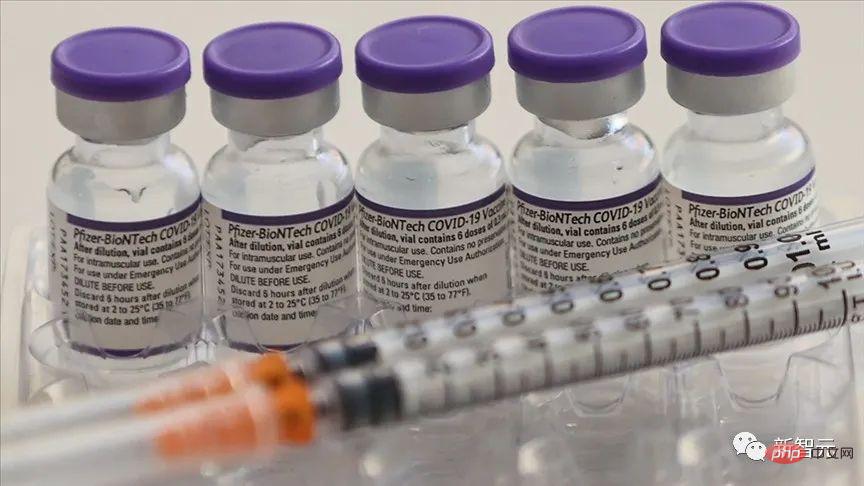
The new coronavirus vaccine jointly developed by BioNTech and Pfizer
BioNTech is also working with Pfizer to trial an mRNA-based vaccine candidate to reduce the incidence of shingles.
Moderna also has a vaccine candidate against the mRNA that causes genital herpes and shingles.
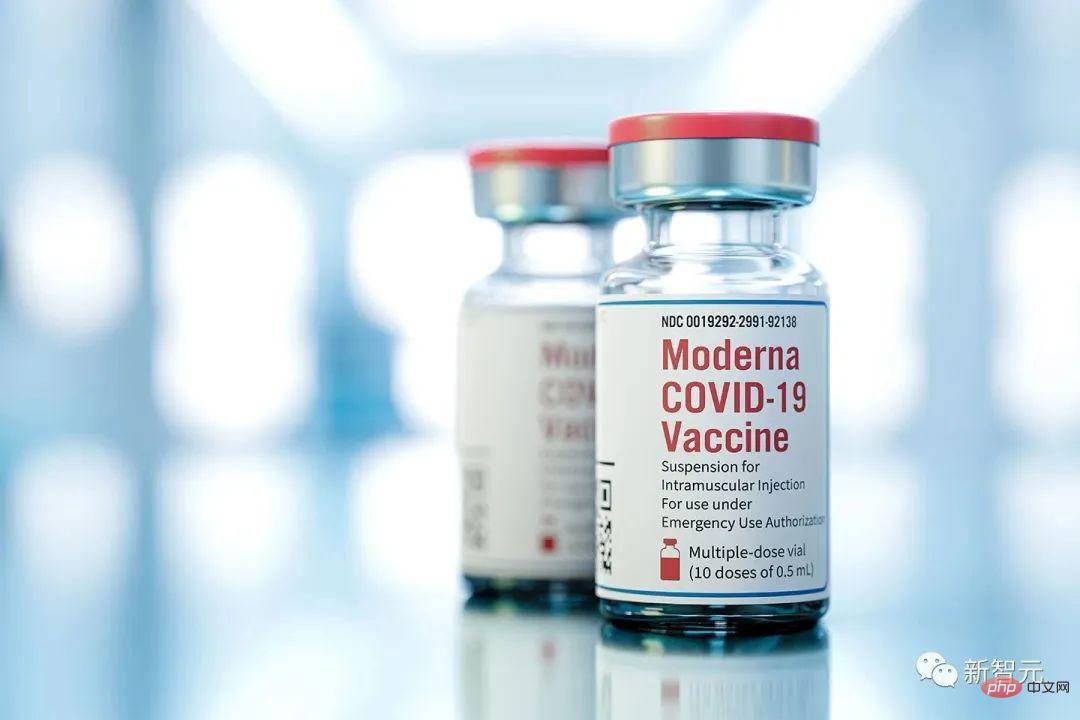
In November, BioNTech and Pfizer began Phase I trials of an mRNA vaccine designed to prevent COVID-19 and influenza.
#In addition, researchers are exploring the possibility of using a fast-acting nasal spray to achieve a new coronavirus vaccine. While these sprays are effective in animals, the road to human trials may be long.
In July, the James Webb Space Telescope (JWST) sent back images of the deep universe pictures that have left the world in awe. In the coming year, astronomers will continue to share JWST results and discoveries about galaxy evolution.
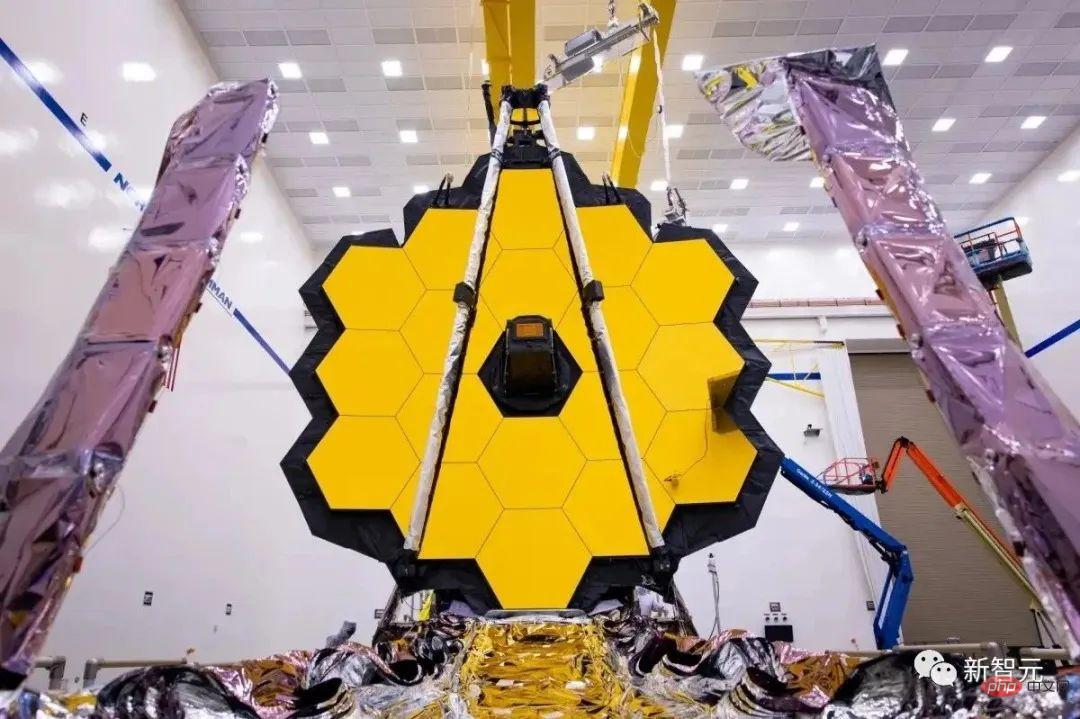
##James Webb Space Telescope
The Euclid Space Telescope, developed by the European Space Agency (ESA), is designed to orbit the sun for 6 years and take photos to create a 3D map of the universe. According to the plan, it will be launched next year.
#The same is true for Japan Space Agency’s X-ray Imaging and Spectroscopy Mission (XRISM). It will replace the X-ray telescope Hitomi (also known as ASTRO-H) and continue to detect X-ray radiation from distant galaxies.
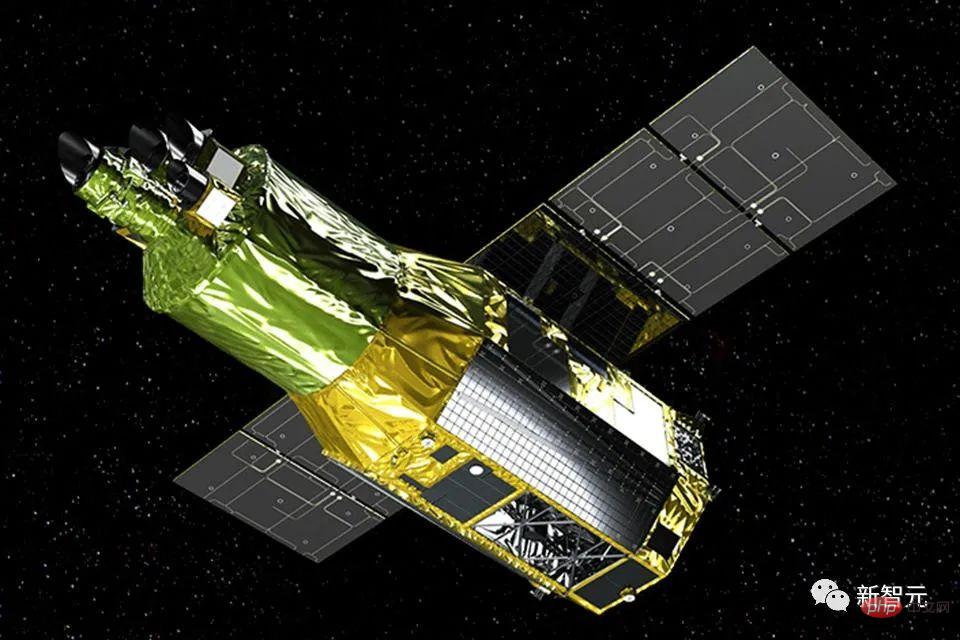
X-ray Imaging and Spectroscopy Mission
Chile's Vera Rubin Observatory will begin taking images in July 2023. The telescope uses a special three-mirror design, and the camera contains more than 3 billion pixels of solid-state detectors, which can scan the entire southern sky in three days.
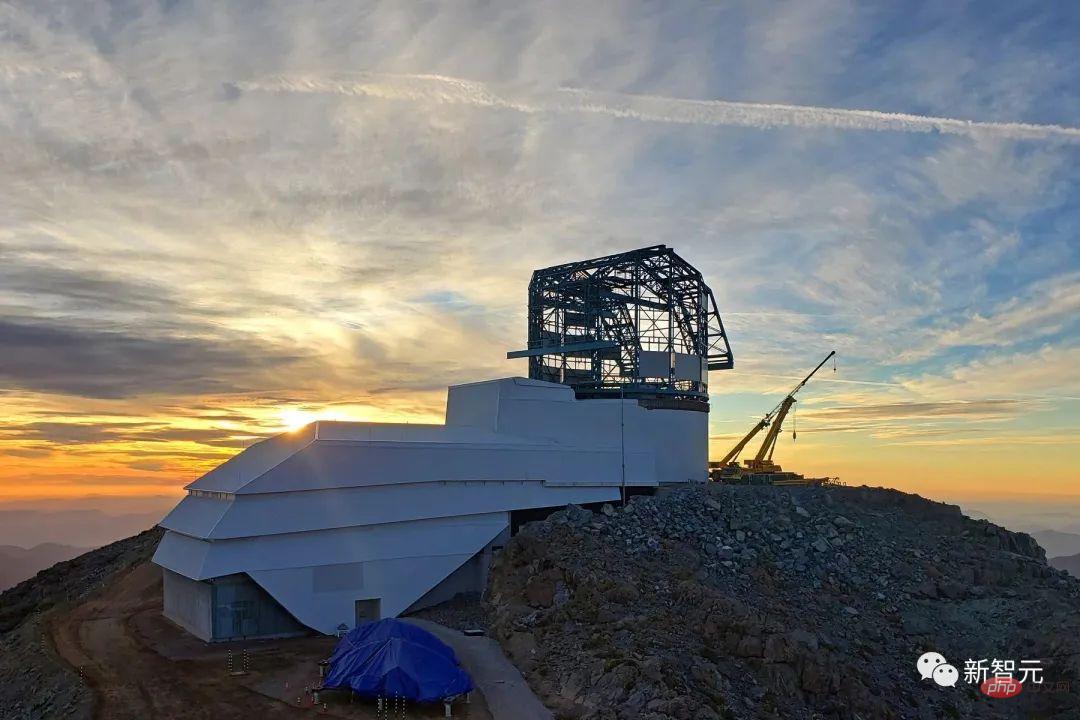
##Vera Rubin Observatory
# #Exploration of the Milky Way is indispensable without the presence of China. The world's largest controllable telescope - the Xinjiang Qitai Radio Telescope (QTT) in Xinjiang, China - is about to be launched.Qitai Radio Telescope After the Qitai Radio Telescope is completed, it is expected to become a global The largest and most accurate omnidirectional movable radio telescope can carry out scientific research in cutting-edge fields such as nanohertz gravitational waves, fast radio bursts, black holes, dark matter, celestial bodies and the origin of life. On December 11, the Orion unmanned space capsule developed by NASA orbited the moon for 25 days The Queen returns to Earth and breaks the record for the farthest space in deep space. In addition, there are three moon landing projects: the UAE’s “Rashid Rover” and the United States’ “Lunar Flashlight” and Japan's HAKUTO-R, which will attempt a soft landing on the moon in April, the first lunar landing by a Japanese-made spacecraft. ##UAE "Rashid Wanderer" Next year is also the first year of civilian lunar travel. 11 people will board the SpaceX rocket Starship for a six-day private space flight. The outbreak of the new coronavirus has made the world aware of the importance of public health security. In this regard, the World Health Organization is about to release a revised list of priority pathogens. About 300 scientists will review more than 25 families of bacteria to identify pathogens that could cause future outbreaks. The discovery roadmap for each pathogen includes what is known, identifies research priorities and guides the development of vaccines, treatments and diagnostic tests. 2023 may be a milestone year for CRISPR gene editing therapy. Previous clinical trials using the CRISPR-Cas9 system to treat beta-thalassemia and sickle cell disease have achieved encouraging results. Exa-cel therapy, developed by Vertex Pharmaceuticals and CRISPR Therapeutics, is the world’s first CRISPR gene editing therapy. It works by collecting a person’s own stem cells and using CRISPR–Cas9 technology, edits the defective ones genes, and then inject these cells back into the body. Results obtained from a total of 75 patients show exa-cel has the potential to provide functional cure in one treatment. The therapy is expected to become the world's first CRISPR gene editing therapy to receive regulatory approval. An experiment in April revealed that particles called muons The surprisingly strong magnetism of elementary particles shows that existing theories of elementary particles are incomplete. Physicists predict that more precise results are expected to be announced in 2023. The Jiangmen Neutrino Laboratory in Guangdong, China will also begin to search for physics beyond the standard model, exploring "ghosts" at the bottom of wells more than 700 meters underground. traces of particles. ##Jiangmen Neutrino Laboratory Another event highly anticipated by particle physicists is the opening of the European Spallation Neutron Source (ESS) near Lund, Sweden. ESS will have the highest flux pulsed spallation neutron source in the world to date. 17 countries from Europe have joined forces to build and operate this institution. Next year, ESS will welcome its first group of researchers. In addition, Nature magazine also expressed its expectations for the development of Alzheimer's treatment, climate financing and nuclear waste storage technology. #We should believe that in the next year, there will be more amazing and touching breakthroughs in the scientific community. #Science may fail, but science will succeed. 
Moon landing mission
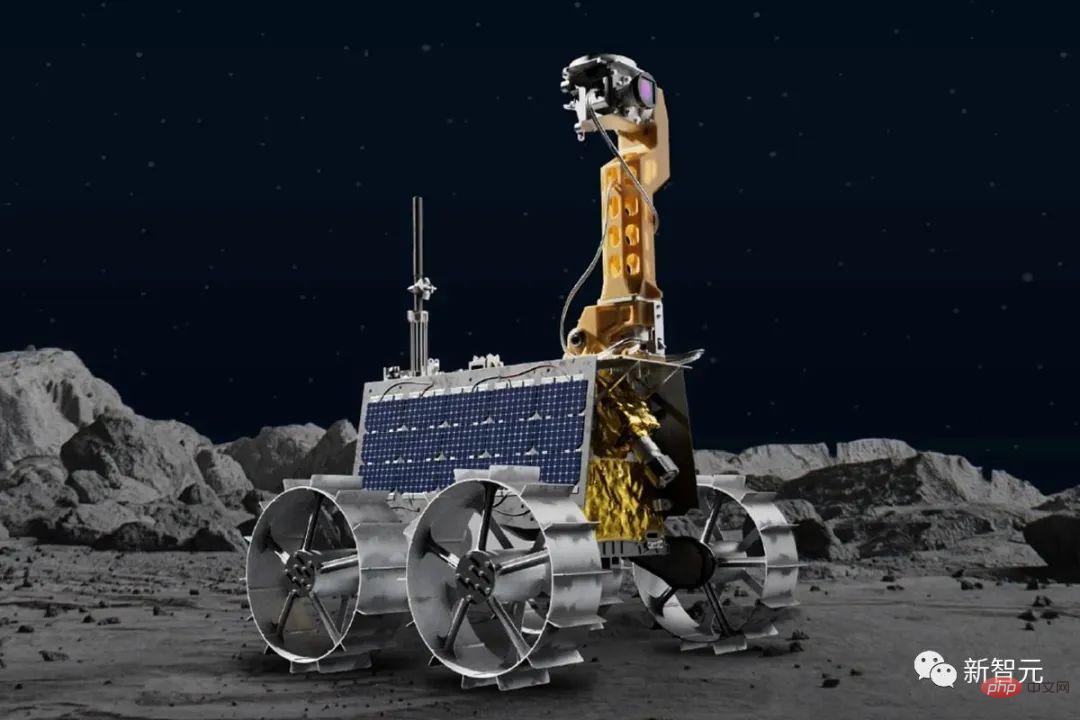
Pathogen Watch List
CRISPR therapy

Beyond the Standard Model

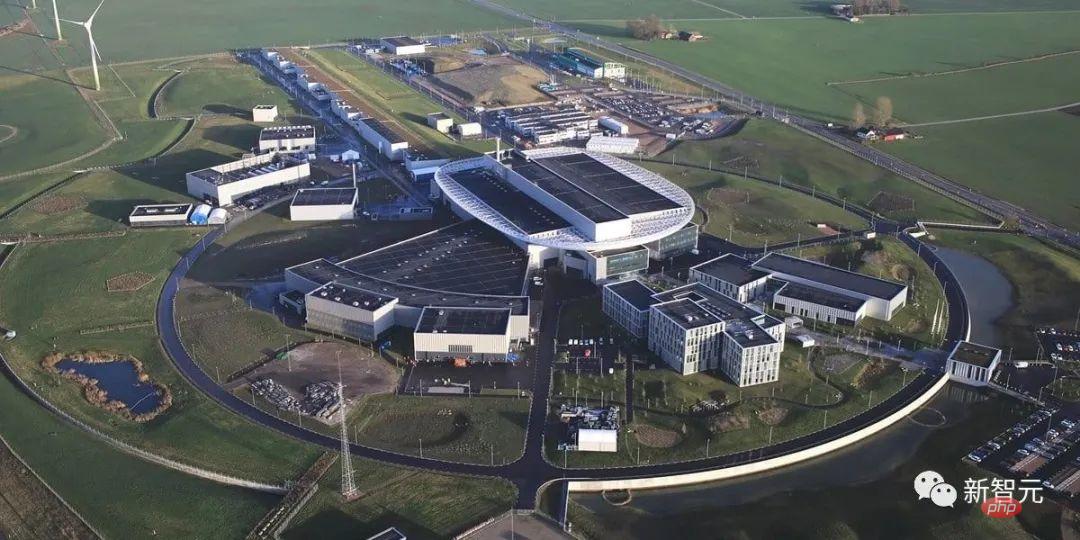
The above is the detailed content of Moon landing, mRNA vaccines, gene editing, Nature predicts major scientific events in 2023!. For more information, please follow other related articles on the PHP Chinese website!




